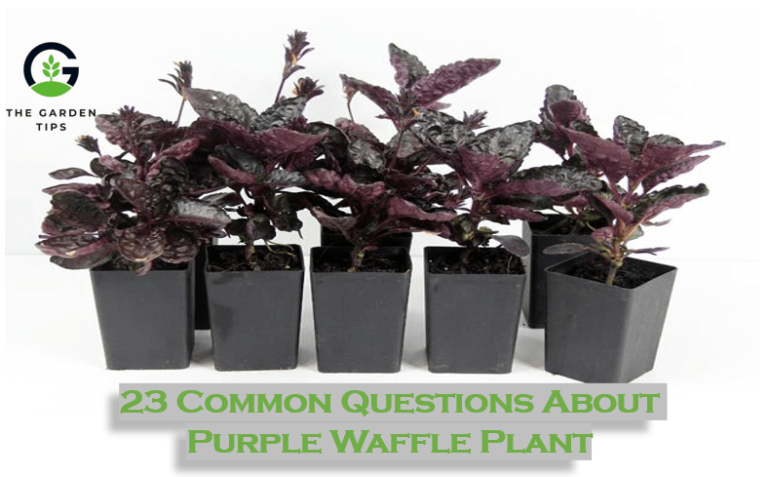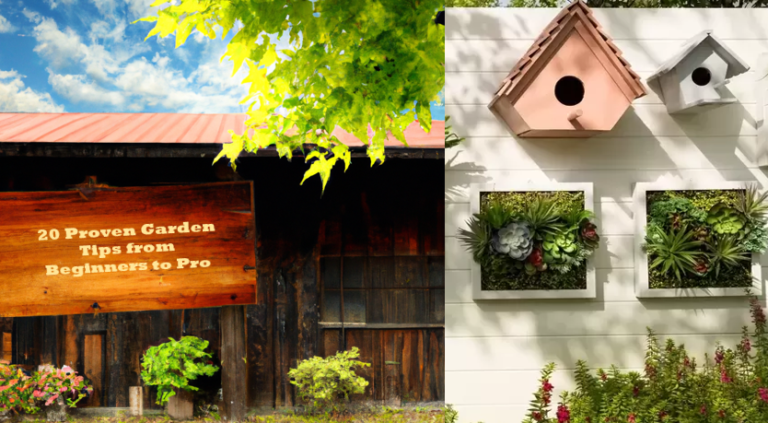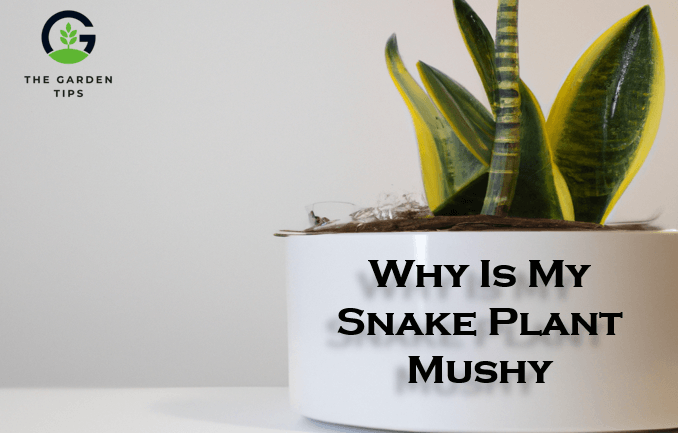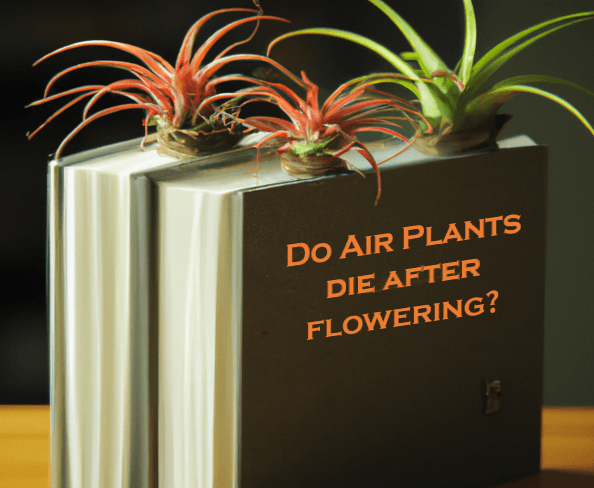The Snake Plant, also known as Sansevieria or Mother-in-law’s Tongue, is a popular houseplant known for its hardiness and easy care. It is a perennial evergreen native to West Africa and is a member of the Asparagaceae family. The snake plant is characterized by its tall, stiff leaves that are typically green but can also be varied with yellow or white stripes. In this article, you will get answers to common issues of Snake Plant asked by the people with a proper answer.
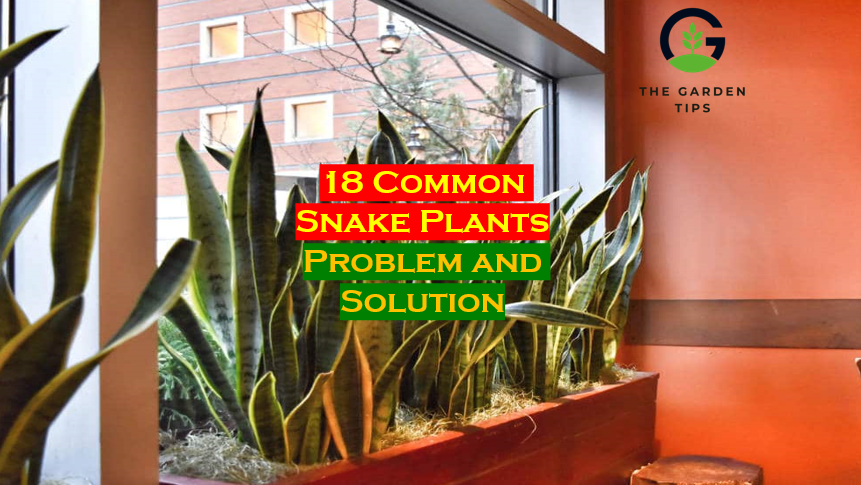
What are the disadvantages of snake plants?
Toxicity: Snake plants are mildly toxic to pets and children if ingested. The plant contains saponins, which can cause vomiting, diarrhea, and other symptoms if ingested in large amounts.
Allergic reactions: Some people may experience allergic reactions to the saponins in the plant. Symptoms can include itching, redness, and swelling of the skin.
Limited growth: Snake plants are slow and do not grow very tall. It can be advantageous for small spaces but may not be suitable for large spaces where a tall plant is needed.
Low humidity: Snake plants prefer high humidity, so it might not be the best choice if you live in a dry area.
Disease-prone: Snake plants are susceptible to common pests such as mealybugs, spider mites, and scale insects. They can also be affected by leaf spots, root rot, and other diseases if they are overwatered or kept in poorly-draining soil.
What does the Overwatered snake plant look like?
An overwatered snake plant (Sansevieria) can exhibit several signs and symptoms, including:
Yellowing leaves: The leaves of an overwatered snake plant will turn yellow, starting from the bottom of the plant and working its way up. It is a sign that the roots are not getting enough oxygen, which can happen when the soil is waterlogged.
Brown or black leaf tips: Overwatering can cause the leaf tips to turn brown or black. It is a sign that the plant cannot take up water efficiently, and the leaves suffer from a lack of moisture.
Wilting leaves: The leaves of an overwatered snake plant will droop or wilt, even when the soil is moist. It signifies the plant is not getting enough oxygen, as the roots cannot function properly.
Soft or mushy leaves: Overwatering can cause the leaves to become soft or mushy. So this plant cannot take up water efficiently and suffers from a lack of moisture.
How do you fix a damaged snake plant?
If your snake plant (Sansevieria) is damaged, there are a few steps you can take to try to fix it:
Trim away any damaged leaves: If the leaves of your snake plant are yellow, brown, or black, you should trim them away with a clean pair of scissors. It will help to prevent the spread of any damage to the rest of the plant.
Allow the plant to dry out: If your snake plant has been overwatered, it’s important to allow the soil to dry out before watering again. It will help to prevent the roots from rotting further.
Repot with well-draining soil: Snake plants prefer well-draining soil, so it’s important to repot the plant into a potting mix that contains perlite or coarse sand to improve drainage.
Improve air circulation: Snake plants prefer high humidity but can be susceptible to certain diseases if the air around them is too humid. It’s important to improve the air circulation around the plant by placing it in a well-ventilated area.
Watch out for pests: Snake plants are susceptible to a few common plant pests, such as mealybugs, spider mites, and scale insects. Keep an eye out for any signs of pests, and treat them as soon as possible to prevent further damage to the plant.
Provide the right light: Snake plants prefer bright, indirect light. If your plant is not getting enough light, it may not be able to photosynthesize and grow properly, which can lead to yellowing leaves and other issues.
What does a dying snake plant look like?
A dying snake plant (Sansevieria) can exhibit several signs and symptoms, including:
Yellowing leaves: The leaves of a dying snake plant will turn yellow and die, starting from the bottom of the plant and working its way up. So the plant is not getting enough light or water.
Brown or black leaf tips: A dying snake plant can have brown or black leaf tips, a sign of lack of water or that the plant is getting too much direct sun.
Wilting leaves: The leaves of a dying snake plant will droop or wilt, even when the soil is moist. It is a sign that the plant is not getting enough water or that the roots are damaged.
Soft or mushy leaves: A dying snake plant can have soft or mushy leaves. It signifies that the plant is not getting enough water or that the roots are damaged.
Root rot: A dying snake plant can have root rot, which is when the roots of the plant begin to rot away. It can cause the plant to become unstable, and it may begin to lean or tilt.
Foul smell: A dying snake plant can accumulate bacteria and fungus in the soil, which can cause a foul smell to emanate from the pot.
How do I propagate a Snake plant?
Snake plants can be propagated through the division of the offsets (small plantlets that form around the mother plant’s base) or by leaf cuttings. To propagate by division, gently remove offsets from the mother plant and pot them in well-draining soil. To propagate by leaf cuttings, cut a leaf from the mother plant and let it callus for a few days before planting it in well-draining soil.
How long can snake plants go without water?
a Snake Plant can go up to 2 to 3 weeks without water in the summer months and up to 4 to 6 weeks in the winter. However, checking the soil moisture regularly and water is recommended when the soil is dry to the touch.
It’s also important to note that while Snake Plant is drought-tolerant, too much drought can harm the plant, causing the leaves to wilt and eventually die. Snake Plants can’t survive in standing water, so ensure the pot has drainage holes and that the soil is well-draining.
Can Snake plants be grown indoors?
Yes, Snake plants are well-suited for indoor growth and can thrive in various indoor conditions. They prefer well-draining soil and can tolerate low-light conditions.
Can Snake plants be grown outside?
Snake plants can be grown outside USDA hardiness zones 9-11, where temperatures do not typically fall below 20 degrees Fahrenheit. In other zones, they can be grown as container plants that can be brought indoors during cold weather.
Is snake plant unlucky?
The snake plant is often considered a lucky plant in many cultures and is believed to bring good fortune and prosperity to the household.
In feng shui, the snake plant is believed to bring positive energy and is thought to purify the air by absorbing toxins. It is also thought to bring harmony and balance to a room and to promote good health. It is also a symbol of rebirth, healing, and protection.
Overall, no scientific evidence or cultural belief suggests the snake plant is unlucky. It is a hardy and easy-to-care-for plant that brings positive energy to the household.
Why is my Snake plant drooping?
A drooping Snake plant can be caused by various factors, including overwatering, underwatering, or a lack of proper drainage. Pests or diseases can also cause it. To determine the cause of the drooping and address it, it’s important to check the soil moisture and drainage and inspect the plant for any visible signs of pests or disease.
What are the benefits of Snake plant?
Snake plant is known to improve air quality by removing toxins such as formaldehyde, xylene, and toluene from the air. It is also a natural humidifier, releasing moisture into the air through transpiration. Additionally, it is easy to care for and can thrive in various conditions, making it a popular houseplant choice.
How do I get rid of pests on my Snake plant?
If pests such as spider mites or mealybugs are present on a Snake plant, the plant should be washed with a mild solution of water and dish soap. Isolate the plant from other plants and keep an eye out for new pests. If the infestation is severe, you may consider using an insecticidal soap or neem oil.
How do I get rid of brown tips on my Snake plant?
Various factors, including low humidity, over-watering, or fluoride exposure, can cause brown tips on Snake plants. To get rid of brown tips, ensure that the soil is well-draining and the plant is not being overwatered. Keep the humidity around the plant consistent, and consider using a fluoride-free fertilizer.
How big do Snake plants get?
The size of a Snake plant can vary depending on the species, but most will grow between 2 to 6 feet tall, with a spread of 1 to 3 feet wide.
How do I know when to repot a Snake plant?
Repotting a Snake plant should be done when the roots have outgrown the current pot, usually indicated by roots growing out of the drainage holes or the soil drying out quickly. Snake plants can also benefit from repotting if they become top-heavy and are in danger of falling over.
Can Snake plants be grown in water?
While Snake plants can tolerate some moisture, they are not typically grown in water. They prefer well-draining soil and will not survive long-term in standing water.
Can Snake plants be used for air purification?
Yes, Snake plants are known for removing toxins such as formaldehyde, benzene, and xylene from the air. They can be used to improve air quality in indoor spaces.
Can Snake plants be propagated from leaves?
Yes. Snake plants can be propagated from leaves by cutting a leaf and allowing it to callus before planting it in well-draining soil. The leaf should be planted with the cut side down and kept moist until roots have formed and new growth appears.


